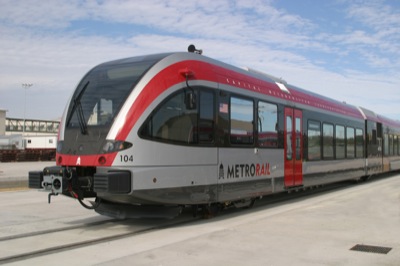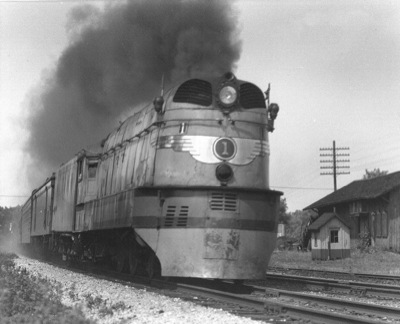If you like driving a big car or SUV, the good news about Obama’s new fuel-economy standards is that they won’t dictate what kind of car you will be able to buy in the future. If you want to buy a 15-mpg SUV, Detroit (or Aichi or Wolfsburg) will be free to make and sell you one.
The bad news is that the standards may make your car more expensive. Corporate Average Fuel Economy (CAFE) standards are actually calculated as the mean of gallons per mile, not miles per gallon. So, as of 2016, for every 15-mpg model made by an auto maker, that company will have to make five models of cars that can go 50 mpg in order for its fleet to meet Obama’s new target. Since bringing each new model to market can cost billions of dollars, if there are not enough people who want to buy those fuel-efficient cars to cover their design costs, the company will have to add a share of those costs to your SUV.









